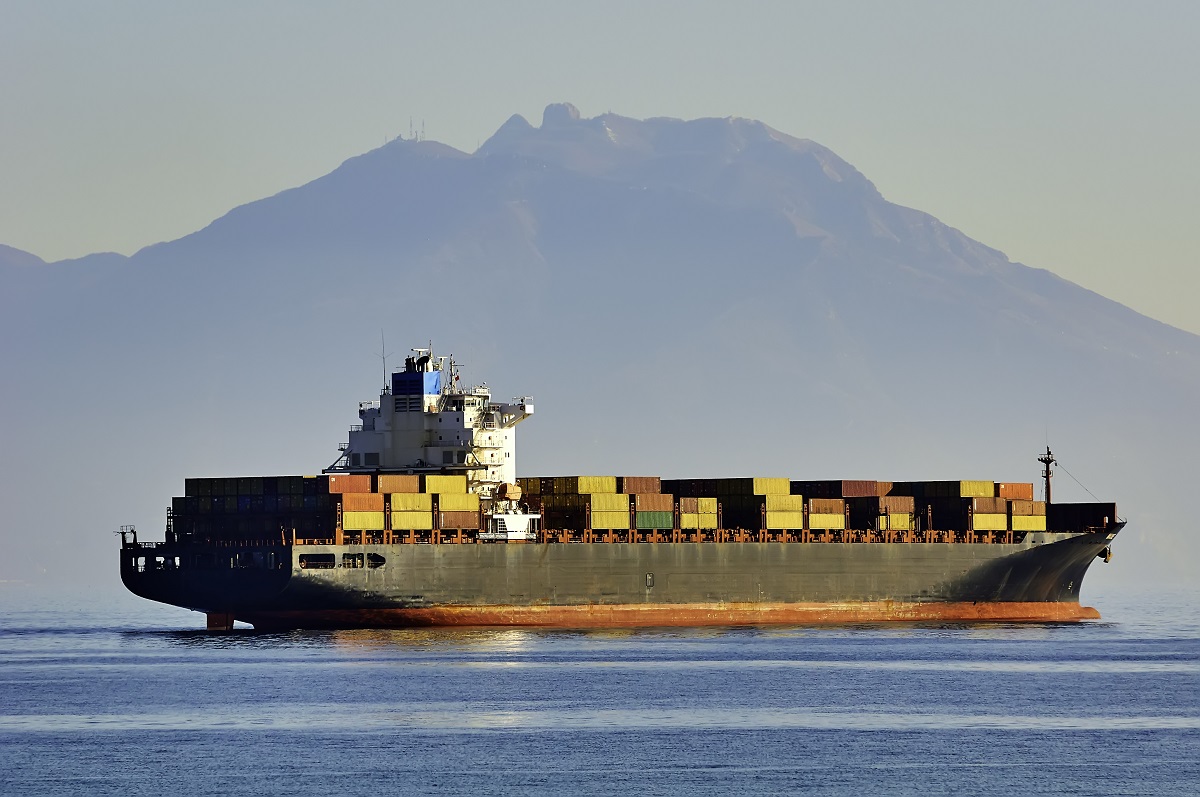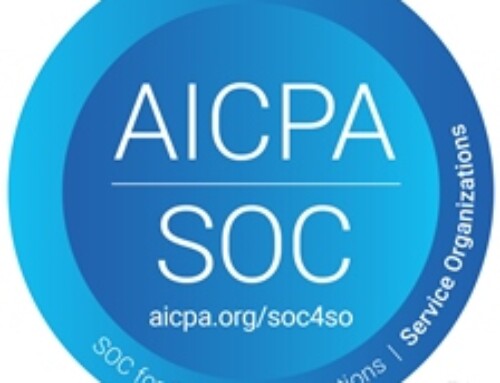Globalisation has opened up world trade but what does it bring in its wake?
The world has changed significantly over the last 20 years and this has been brought a bout by the ability to source goods from virtually anywhere in the world, however it is only in the light of recent events have come to realise how reliant we have become on each other when we consider supply the chain.
As we recover from the effects of COVID19 and prior to the next pandemic that will arise at some point we are starting to see that what can only be described as odd phenomenon’s are occurring for example McDonalds have run out of Milkshake and Nando’s have run out of Chicken. In other news the Ever Given has been released and has finally delivered its cargo. When the Ever Given became stuck in the Suez canal it may not have been fully loaded but this is s hip that can carry a staggering 20,124 containers. The average value of the contents of a shipping container have risen to between $50,000 to $100,000 which means the average sits at $75,000. Simple maths but $75,000 X 20,124 = $1,509,300,000. That’s 1.5 Billion Dollars of goods delayed for 3 months. The figures are quite astounding, if we add in the cost to the insurers and the interest charges on monies outstanding the figure climbs even higher.
The question that you may ask of yourself is; “what can I do about such events they are so unprecedented?”
Planning for the unprecedented is what will separate the successful from the unsuccessful in the future, we have now had our warning from nature in both these instances firstly a virus and secondly the wind, both of which belong to nature and not truly within the control of man.
The key factors in planning for the unprecedent are:
- Risk evaluation, avoidance & mitigation
- Preparedness & contingency testing
Firstly we must have the foresight to understand that risk exists in everything we do, secondly we must plan what it is we will do when the unprecedented actually happens. The supply chain is the critical aspect of any business that isn’t self sufficient and even if that business were self sufficient that business represents a supply chain risk to its own customers. ISO9001:2015 describes the aspects of the supply chain that need to accounted for when it prescribes the actions need to address the communication with and control over external providers. How we perceive a supply chain risk will be both subjective and objective we may see a small item being of low value yet in reality a penny washer if not available can stop the production of a highly valuable and equally profitable machine from being supplied to our customer on time resulting penalty clauses being actioned, and possibly an order that is critical to business needs being cancelled.
ZEBSOFT brings together the aspects of supply chain risk, it has a risk evaluation platform enabling you to identify all your risks and to define your control measures, when a risk is viewed you will all the risks you have associated directly and indirectly. Importantly in this equation contingency planning is also included in the risk platform so that you can plan your actions and define your minimum recovery points. By using these aspect of ZEBSOFT in unison together with supplier management, you will have complete supply chain risk management.









